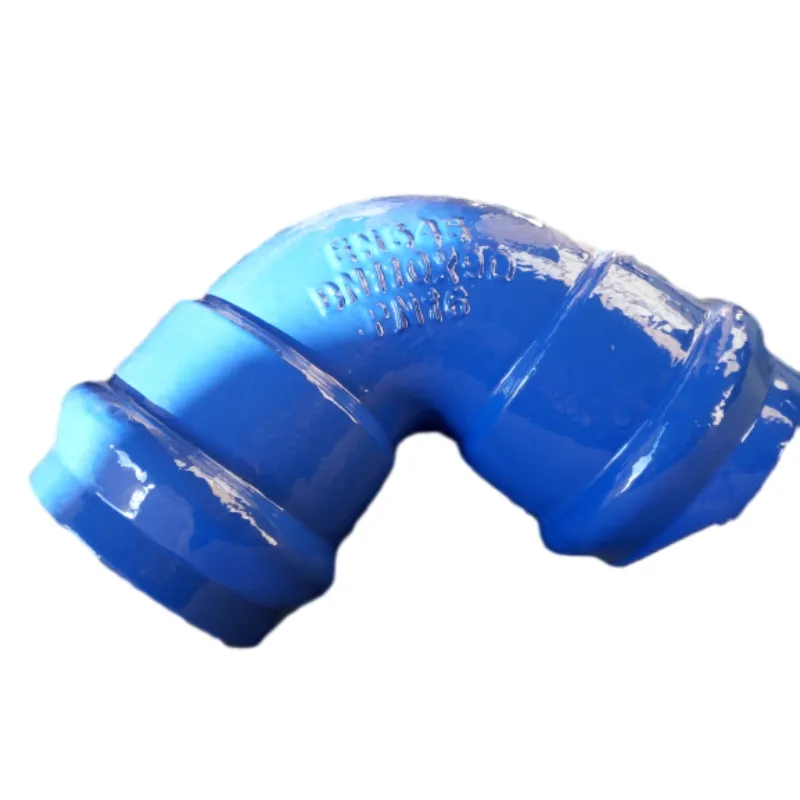Durable and Effective Solutions for Storm Drain Covers to Prevent Flooding and Debris Accumulation
The Importance of Storm Drain Covers
Storm drain covers, often overlooked, play a crucial role in urban infrastructure and environmental management. These seemingly simple metal grids not only ensure public safety but also contribute significantly to the protection of our waterways and ecosystems. Understanding their purpose, benefits, and maintenance can shed light on their vital importance in city planning and environmental sustainability.
Functionality and Design
At first glance, a storm drain cover appears to be merely a protective grate installed over a drainage system. However, its primary function is to prevent debris, leaves, trash, and other pollutants from entering the storm drain system. This is critically important, as storm drains are designed to channel rainwater away from streets and into local water bodies, preventing flooding during heavy rainfalls. By filtering out larger waste materials, storm drain covers help maintain the efficiency of the drainage system.
Moreover, these covers are engineered for durability and safety. Typically crafted from cast iron or heavy-duty plastic, they withstand the weight of vehicles and foot traffic. The designs often include perforations that allow water to flow through while keeping solid debris out, and many covers are designed with anti-slip surfaces to provide better traction during wet conditions.
Environmental Impact
The environmental benefits of storm drain covers extend beyond debris prevention. Unfiltered stormwater runoff can carry harmful pollutants, such as oils, chemicals, and heavy metals, directly into rivers, lakes, and oceans. This runoff can significantly harm aquatic life and degrade water quality. By preventing these pollutants from entering the drainage system, storm drain covers play a pivotal role in preserving water quality and promoting healthy ecosystems.
storm drain covers

Additionally, urban areas are increasingly facing challenges related to stormwater management due to impervious surfaces like asphalt and concrete. Storm drain covers that incorporate sustainable design features, such as permeable materials, can help mitigate these challenges. Permeable covers allow water to seep through into the ground, reducing runoff and recharging groundwater supplies.
Public Safety
Safety is another essential aspect of storm drain covers. Open or damaged storm drains can pose serious risks to pedestrians and vehicles. A missing or broken cover can lead to accidents, injuries, or property damage, particularly in low-light conditions. Regular maintenance and inspection of storm drain covers are crucial in ensuring that they remain intact and functional. Municipalities are responsible for addressing any damage, often conducting routine checks to replace or repair covers that have been compromised.
Community Awareness and Participation
Engagement and education within communities regarding the importance of storm drain covers can further enhance their effectiveness. Local campaigns to keep storm drains clear of waste can encourage residents to take action in minimizing litter and debris. Educational initiatives can also highlight the role of storm drains in local ecosystems, fostering a sense of responsibility among community members to safeguard their environment.
Conclusion
In conclusion, storm drain covers are far more than mere grates—they are essential components of urban infrastructure that contribute to public safety, environmental protection, and effective stormwater management. By preventing debris from entering the storm drainage system, improving water quality, and enhancing community awareness, these covers ensure that our cities remain resilient against the challenges posed by rainfall and urban runoff. As urban areas continue to expand, recognizing and maintaining the importance of storm drain covers will be essential for sustainable development and environmental stewardship.
-
The Smarter Choice for Pedestrian AreasNewsJun.30,2025
-
The Gold Standard in Round Drain CoversNewsJun.30,2025
-
The Gold Standard in Manhole Cover SystemsNewsJun.30,2025
-
Superior Drainage Solutions with Premium Gully GratesNewsJun.30,2025
-
Superior Drainage Solutions for Global InfrastructureNewsJun.30,2025
-
Square Manhole Solutions for Modern InfrastructureNewsJun.30,2025
-
Premium Manhole Covers for Modern InfrastructureNewsJun.30,2025
